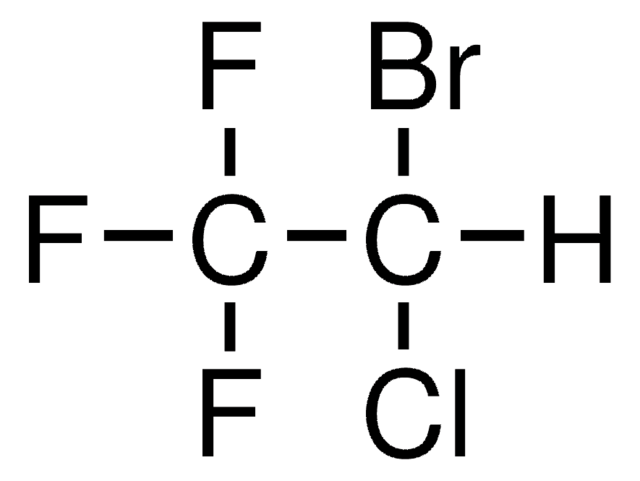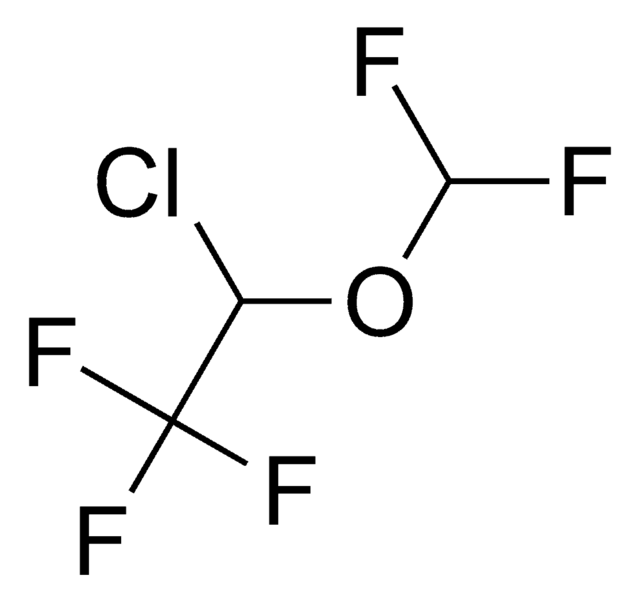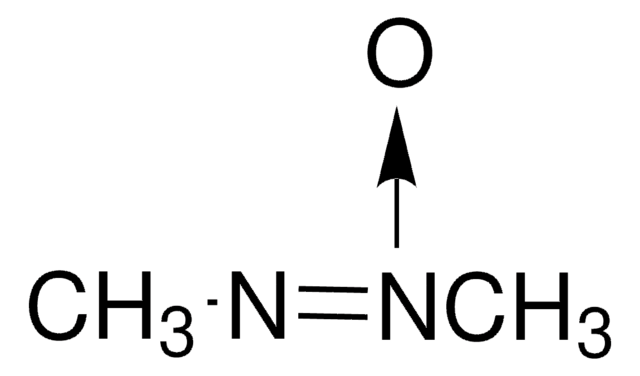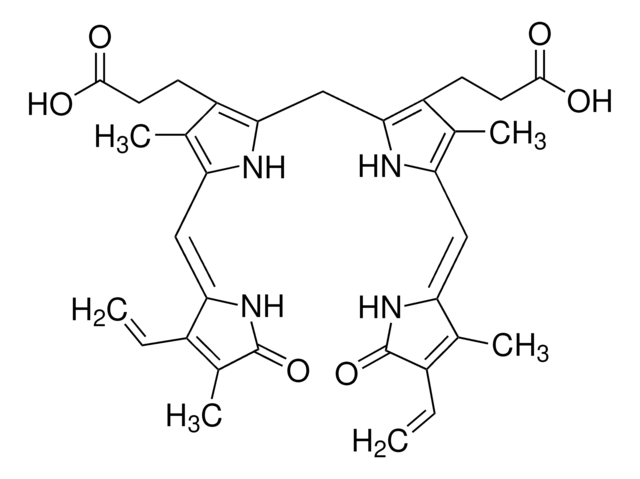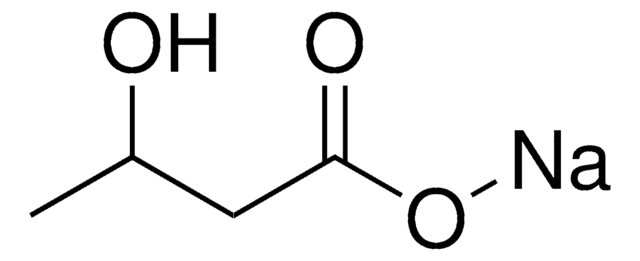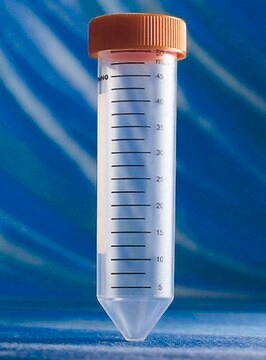B4388
2-Bromo-2-chloro-1,1,1-trifluoroethane
≥99%
Sinónimos:
Halothane
About This Item
Productos recomendados
presión de vapor
4.5 psi ( 20 °C)
Nivel de calidad
Ensayo
≥99%
Formulario
liquid
contiene
0.01% thymol as stabilizer
índice de refracción
n20/D 1.369 (lit.)
bp
50.2 °C (lit.)
densidad
1.872 g/mL at 25 °C (lit.)
cadena SMILES
FC(F)(F)C(Cl)Br
InChI
1S/C2HBrClF3/c3-1(4)2(5,6)7/h1H
¿Está buscando productos similares? Visita Guía de comparación de productos
Categorías relacionadas
Aplicación
Acciones bioquímicas o fisiológicas
Palabra de señalización
Danger
Frases de peligro
Consejos de prudencia
Clasificaciones de peligro
Eye Dam. 1 - Repr. 1B - Skin Irrit. 2 - STOT SE 3
Órganos de actuación
Respiratory system
Código de clase de almacenamiento
6.1C - Combustible acute toxic Cat.3 / toxic compounds or compounds which causing chronic effects
Clase de riesgo para el agua (WGK)
WGK 3
Punto de inflamabilidad (°F)
Not applicable
Punto de inflamabilidad (°C)
Not applicable
Equipo de protección personal
Eyeshields, Gloves
Elija entre una de las versiones más recientes:
¿Ya tiene este producto?
Encuentre la documentación para los productos que ha comprado recientemente en la Biblioteca de documentos.
Los clientes también vieron
Nuestro equipo de científicos tiene experiencia en todas las áreas de investigación: Ciencias de la vida, Ciencia de los materiales, Síntesis química, Cromatografía, Analítica y muchas otras.
Póngase en contacto con el Servicio técnico